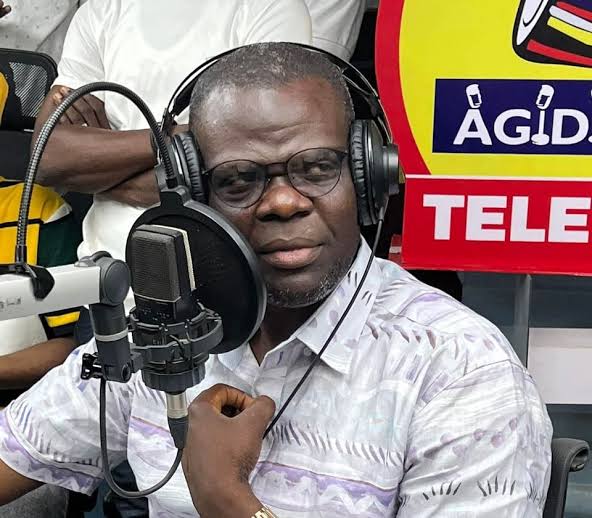The Electricity Transmission System also known as National grid in Nigeria on Friday suffered a partial collapse, which plunged the whole of Lagos, the country’s commercial capital, and environ into total darkness for about 37 minutes.
Platforms Africa exclusively gathered that the collapse occurred around 12:58 West African Time (WAT).
Electricity supply were, as a result of the collapse, cut to Eko Electricity Distribution Company (EKEDC); Ikeja Electric (IE) and Ibadan Electricity Distribution Company (IBEDC) for more than 30 minutes.
Sources at the Transmission Company of Nigeria (TCN), an agency in charge of the grid, confirmed the incident to Platforms Africa, adding that the grid has been restored after the incident.
Sources at both EKEDC and IE also confirmed the collapse to this online newspapwr. The EKEDC, further check by Platforms Africa showed, included explanantion about the collapse in a communication to customers in Banana Island and others.
The TCN had earlier on January 18, 2020 disclosed that subsequent collapse of the National Grid cannot be totally avoided in the country.
In a statement entitled, “TCN Restores Supply After System Collapse,” the company explained that as National Grid is still being operated with zero spinning reserve, system instability like the partial system disturbance might not be avoidable and the reoccurrence of shut down like the one of yesterday is inevitable.
The company disclosed that though full restoration had been achieved, the grid was still recovering from an earlier partial system disturbance.
The nation’s electricity grid, it would be recalled, had collapsed more than108 times after the power sector was privatised, data from the Transmission Company of Nigeria have shown.
The TCN, which manages the national grid, is still fully owned and operated by the government.
While the TCN says the grid has a wheeling capacity of 8,100MW, the highest power generation ever attained in the country stands slightly above 5,375MW.
The sector was privatised by the President Goodluck Jonathan administration with 11 electricity distribution companies and six generation companies handed over to core investors on November 1, 2013.





